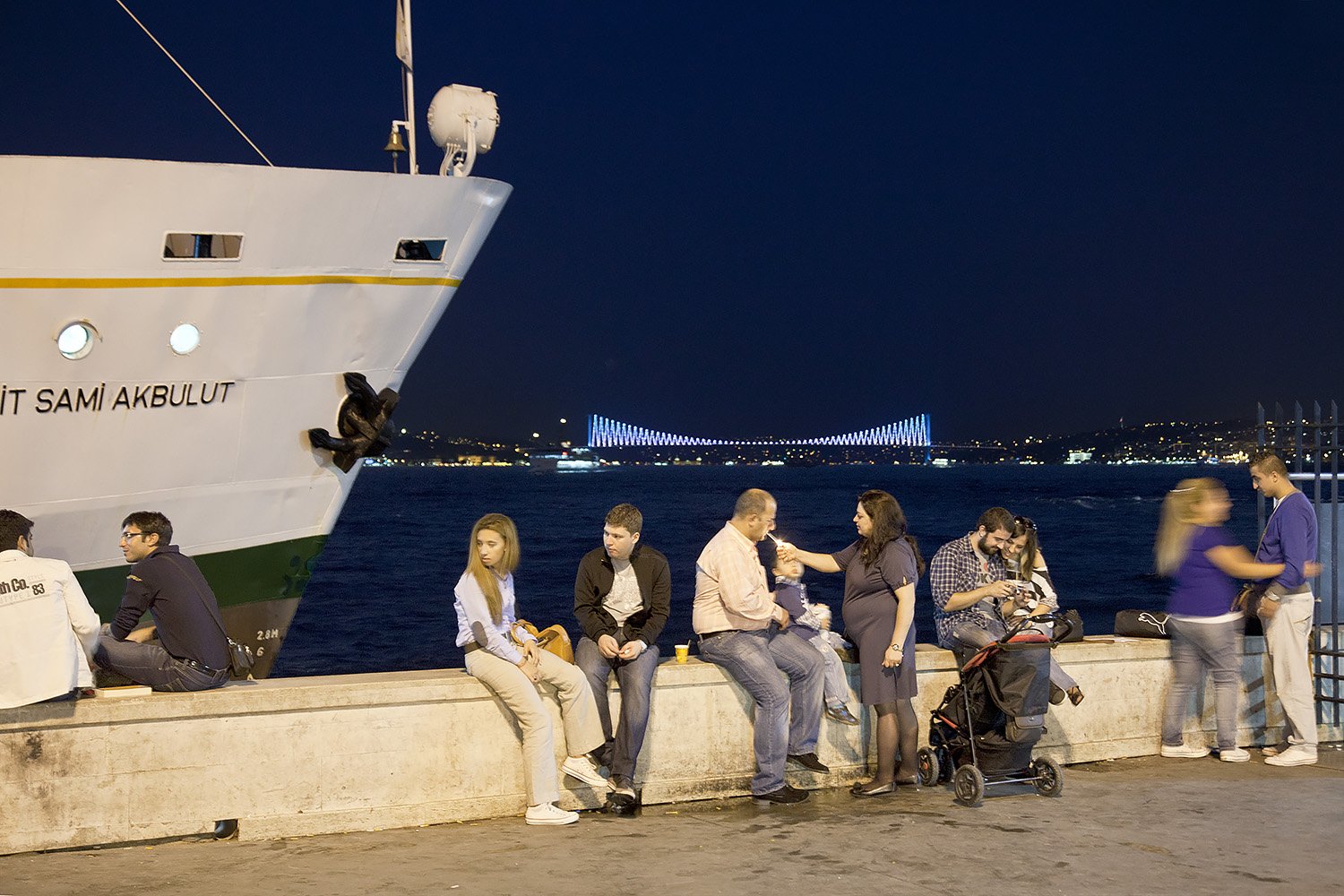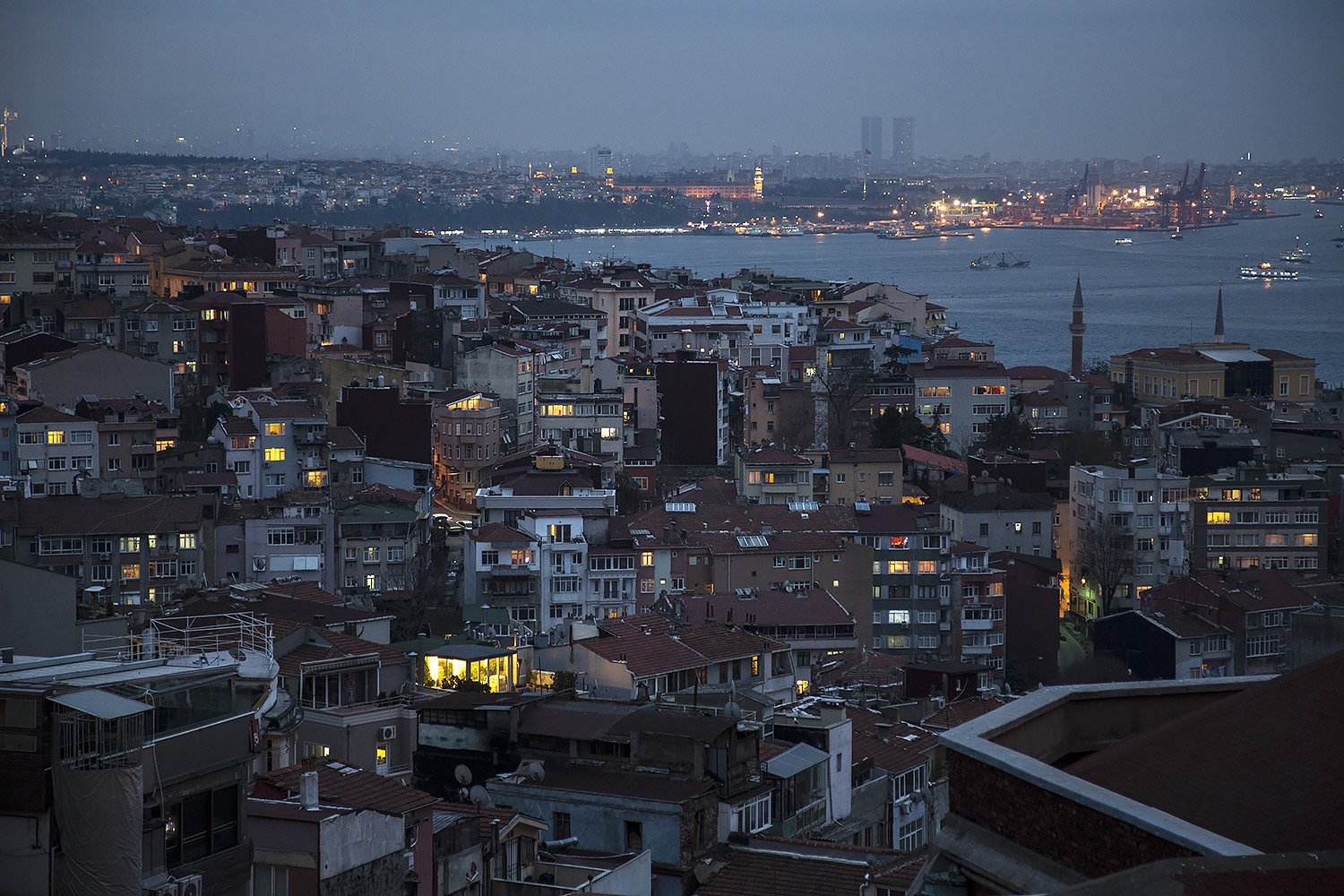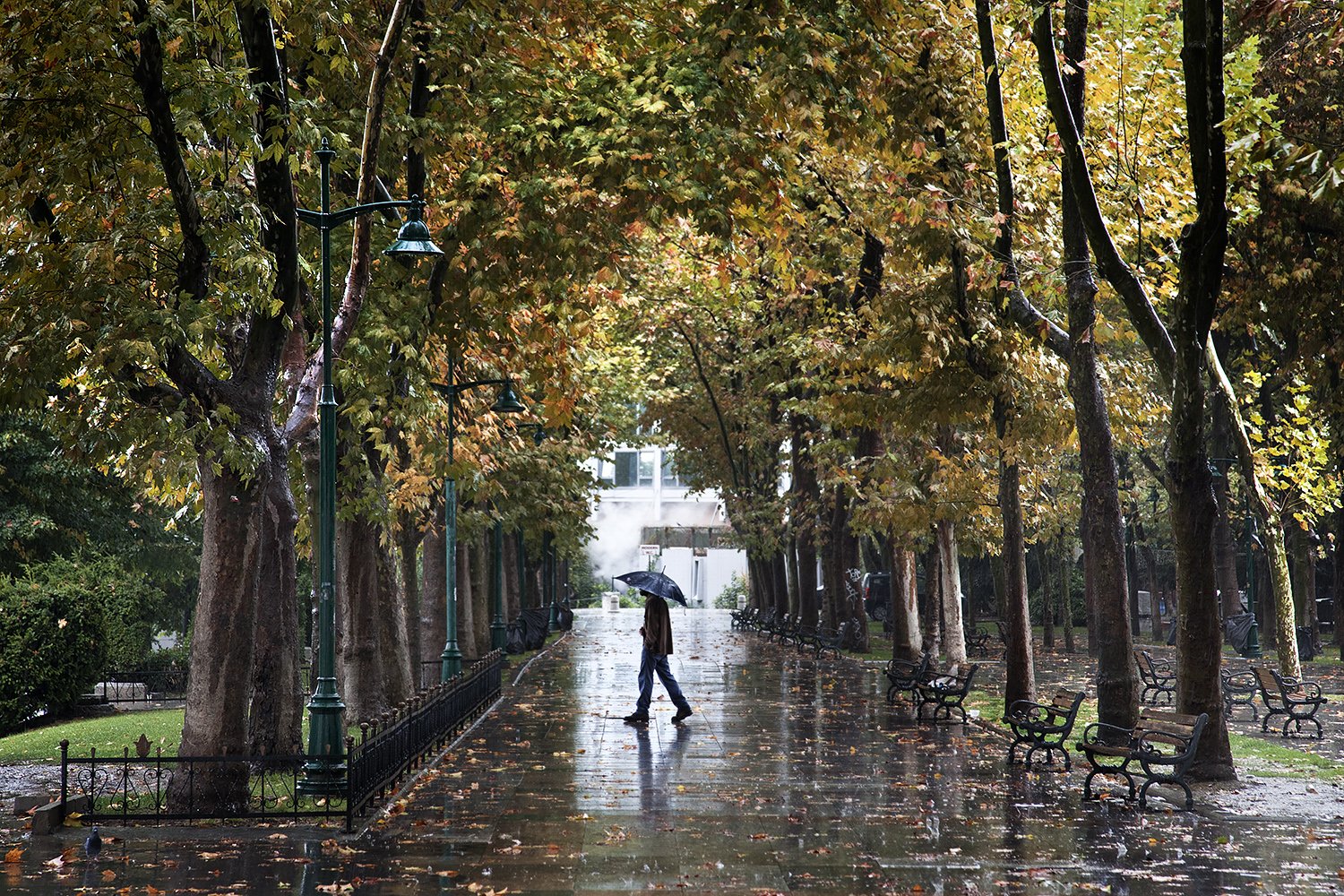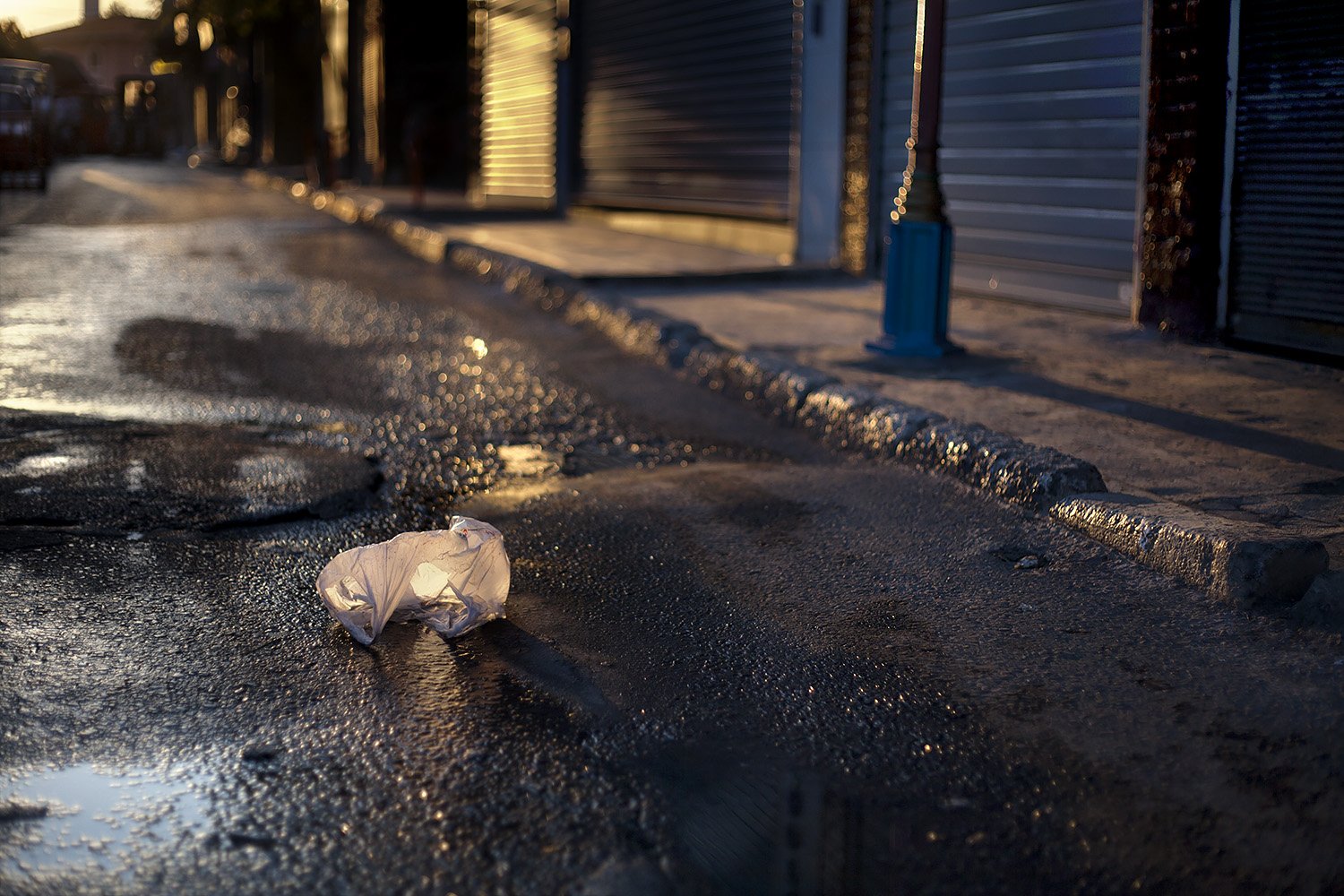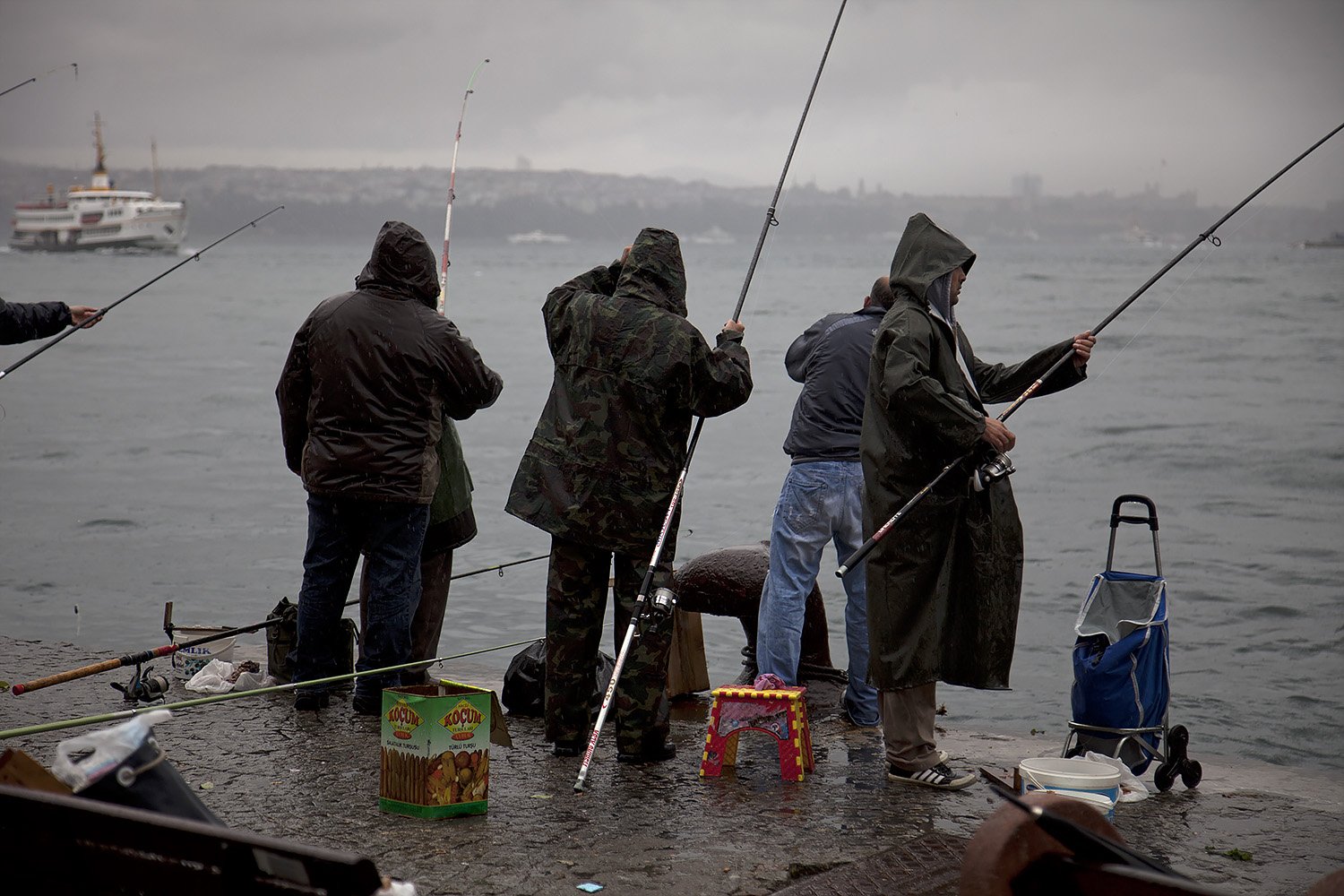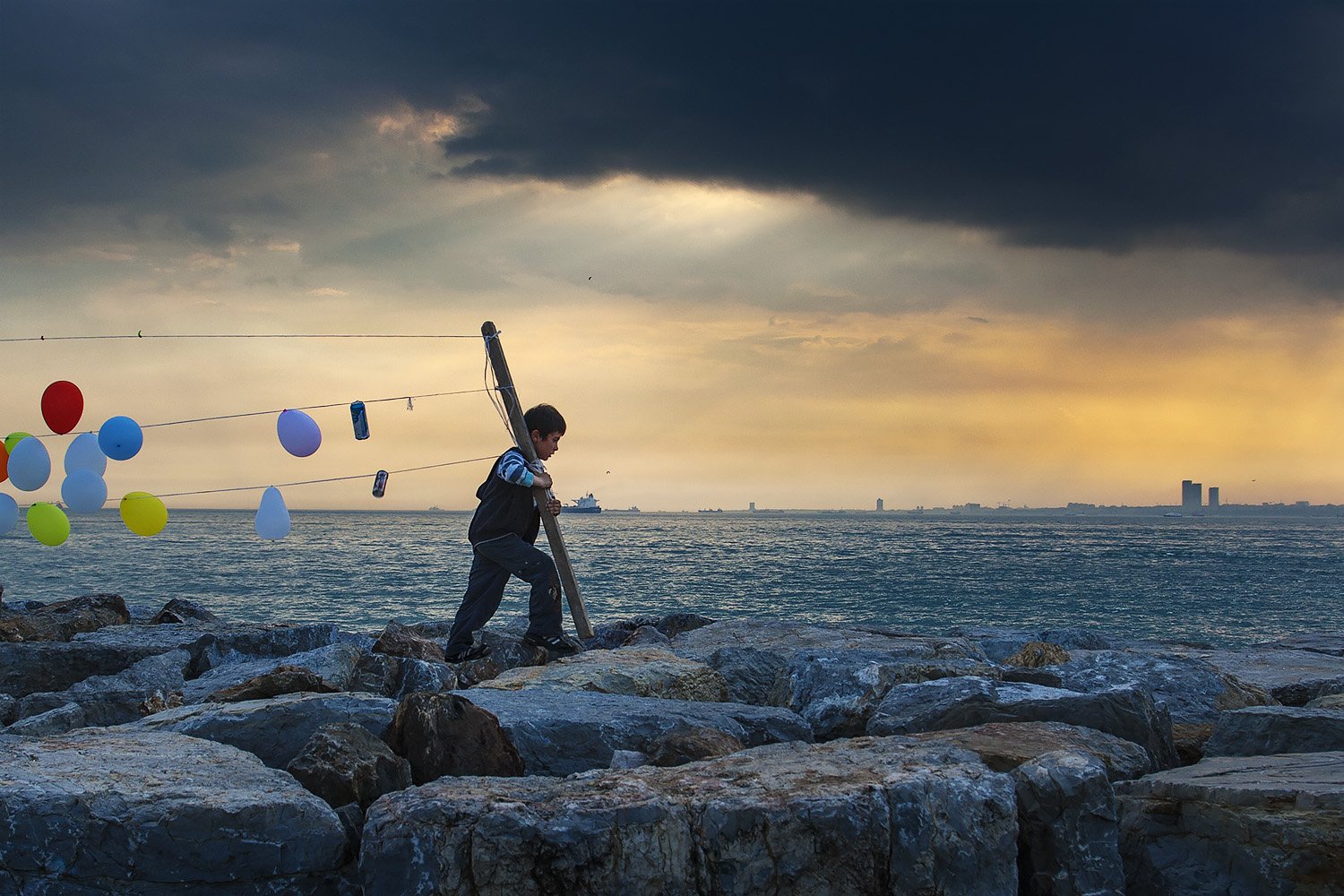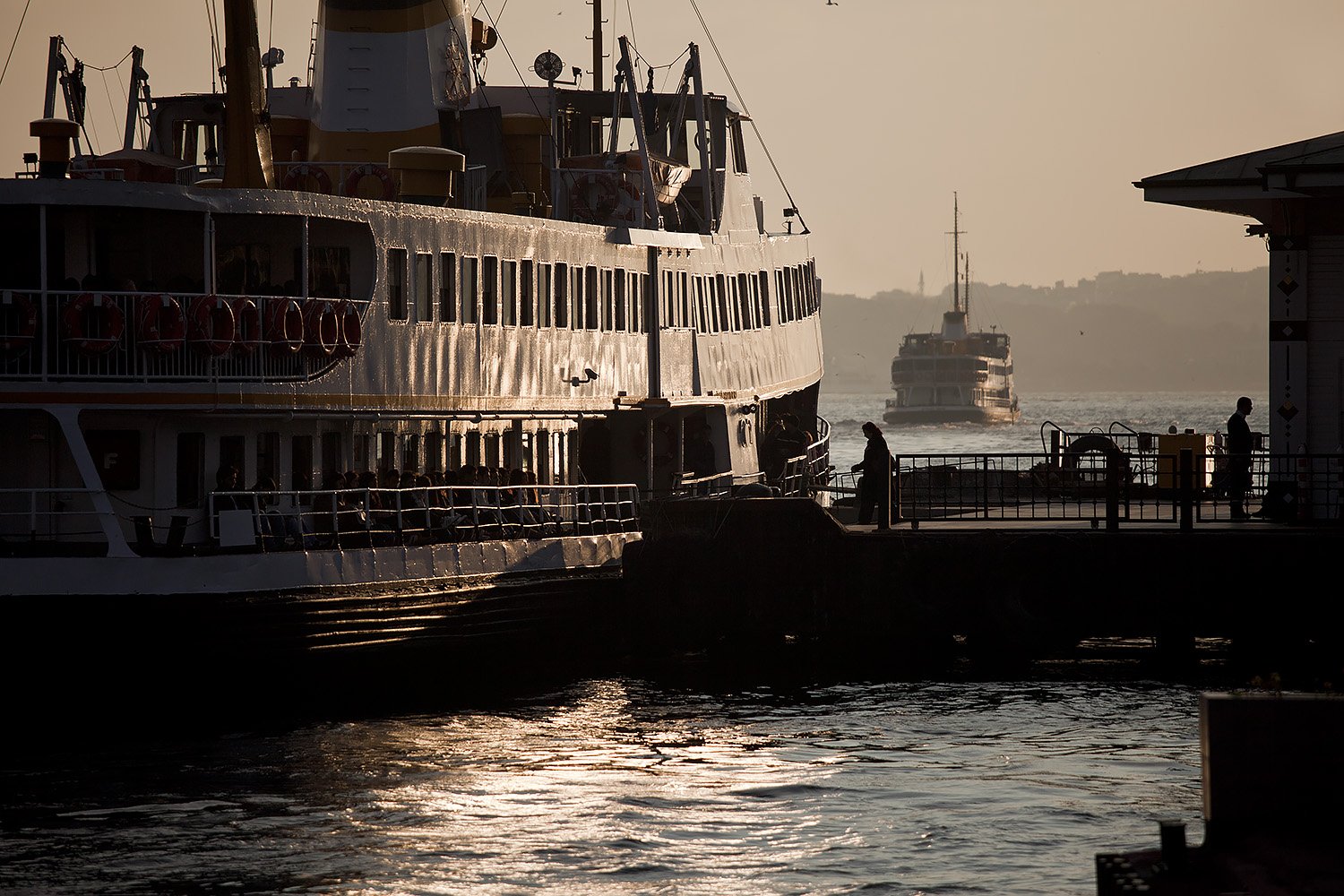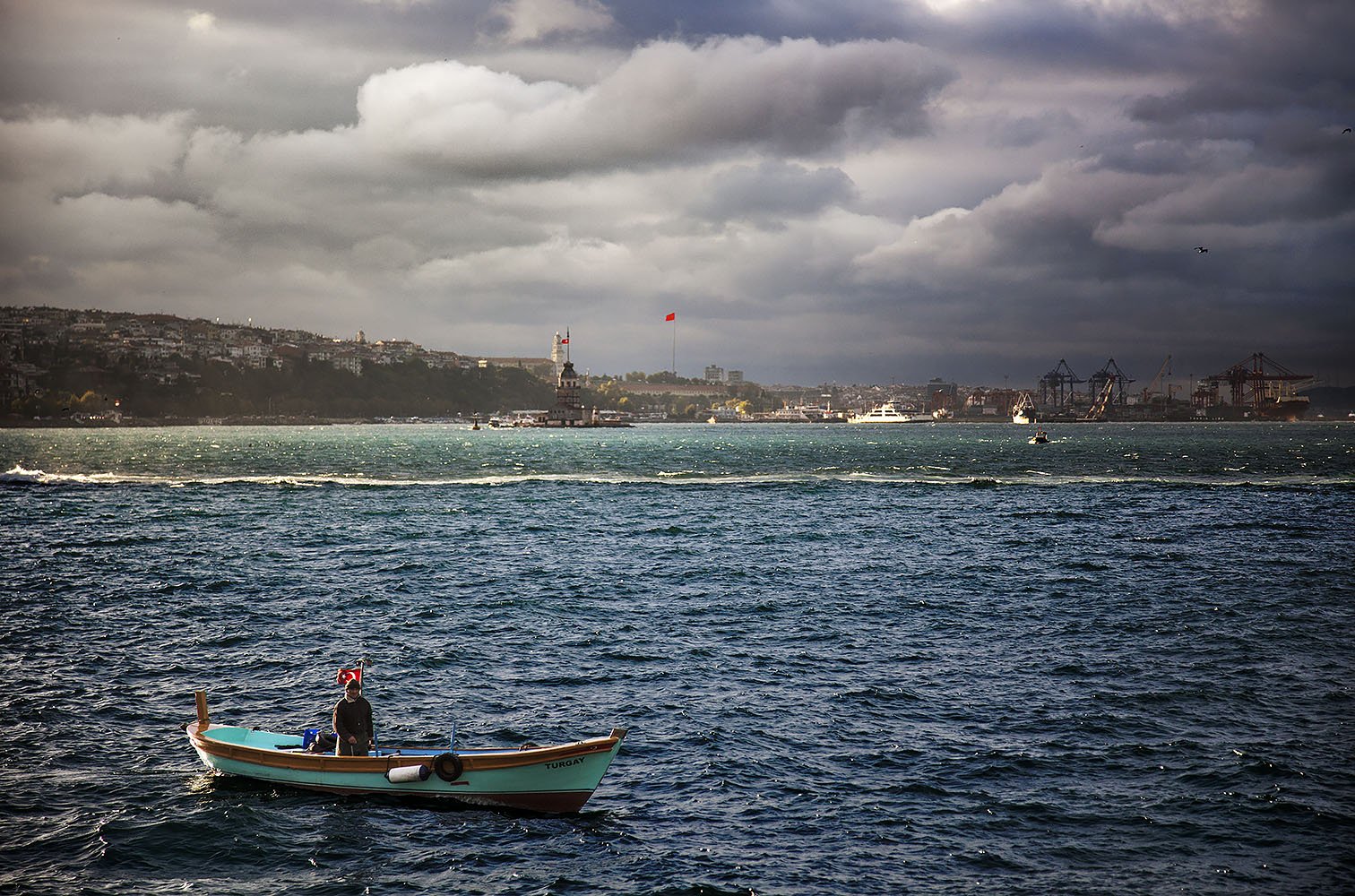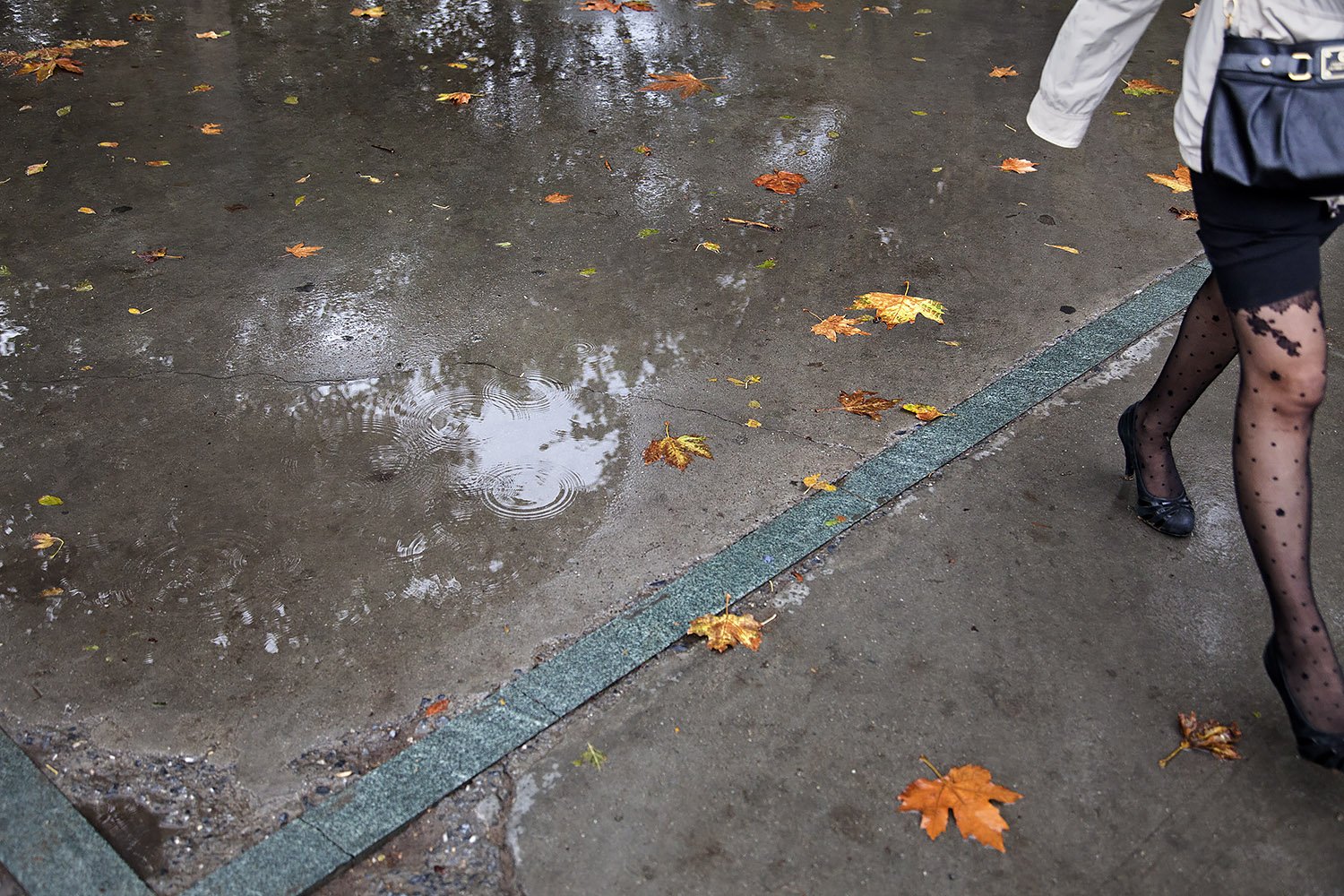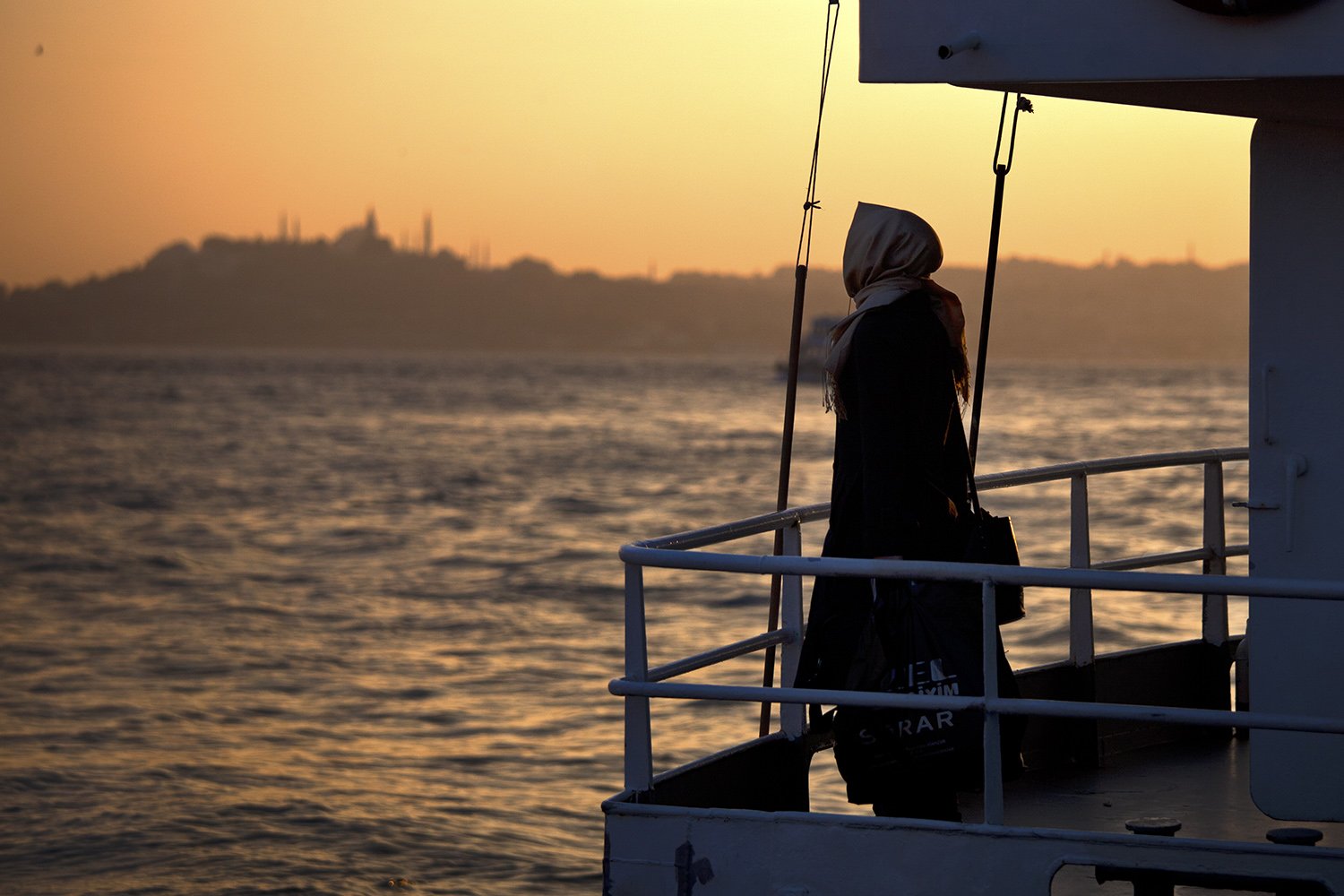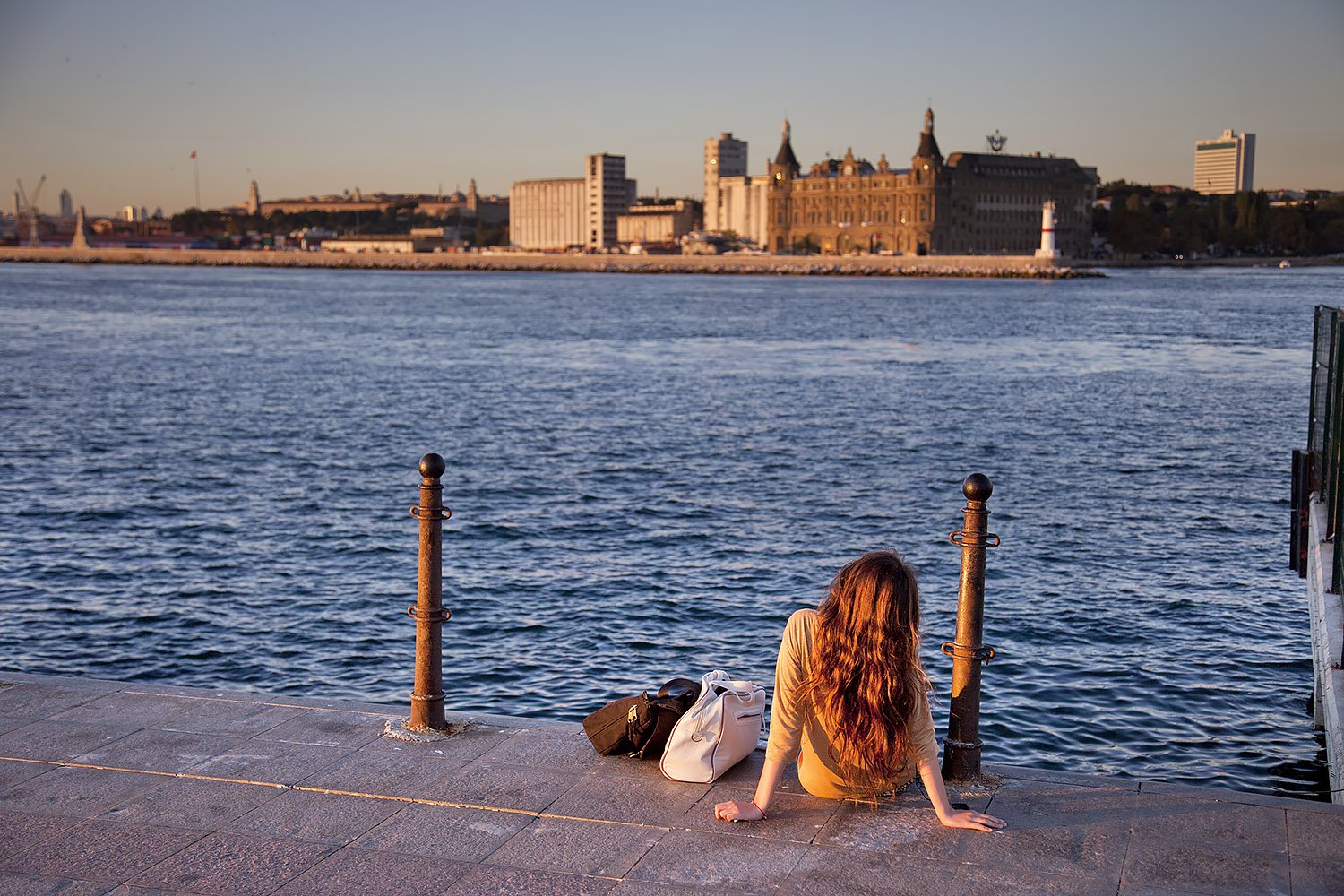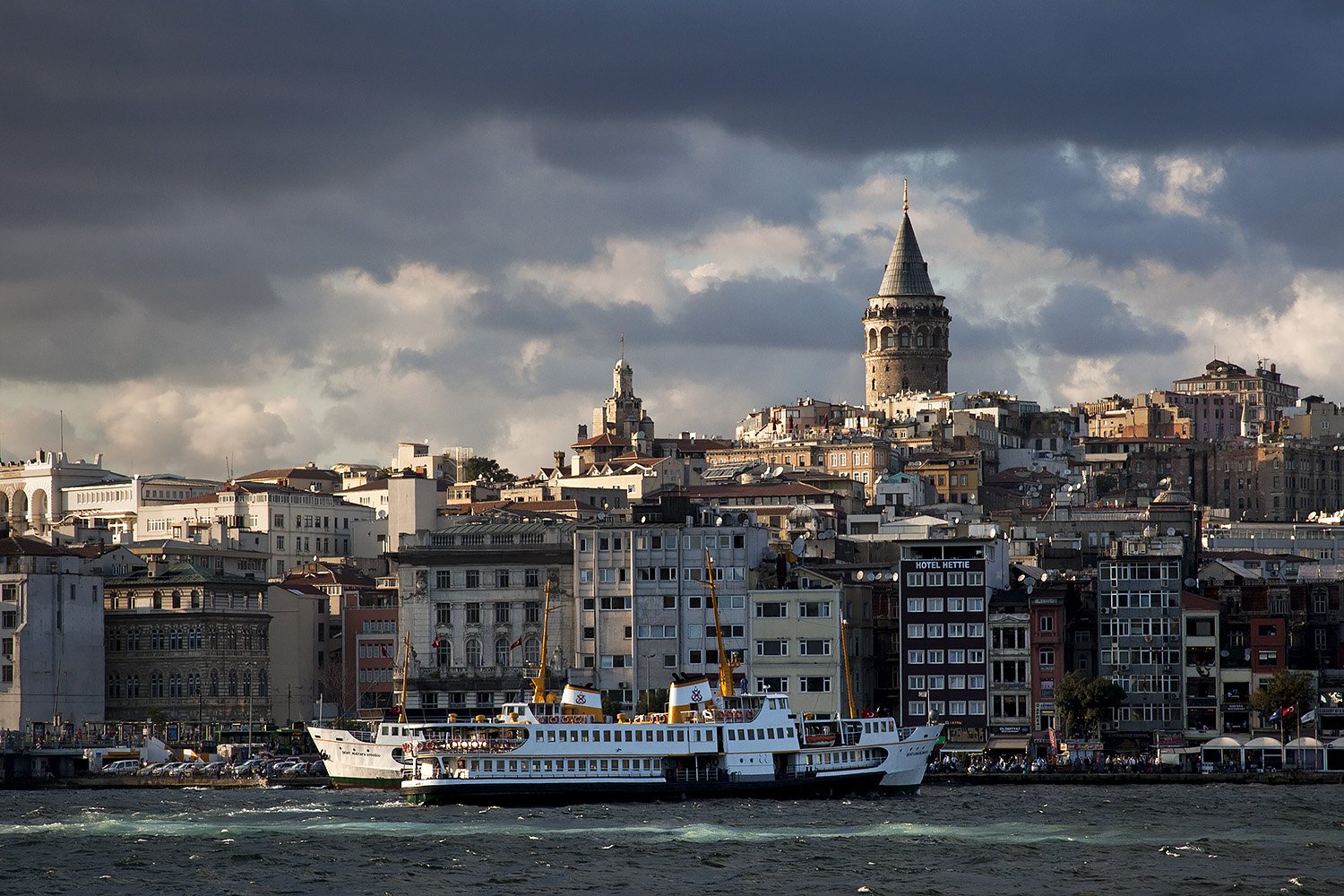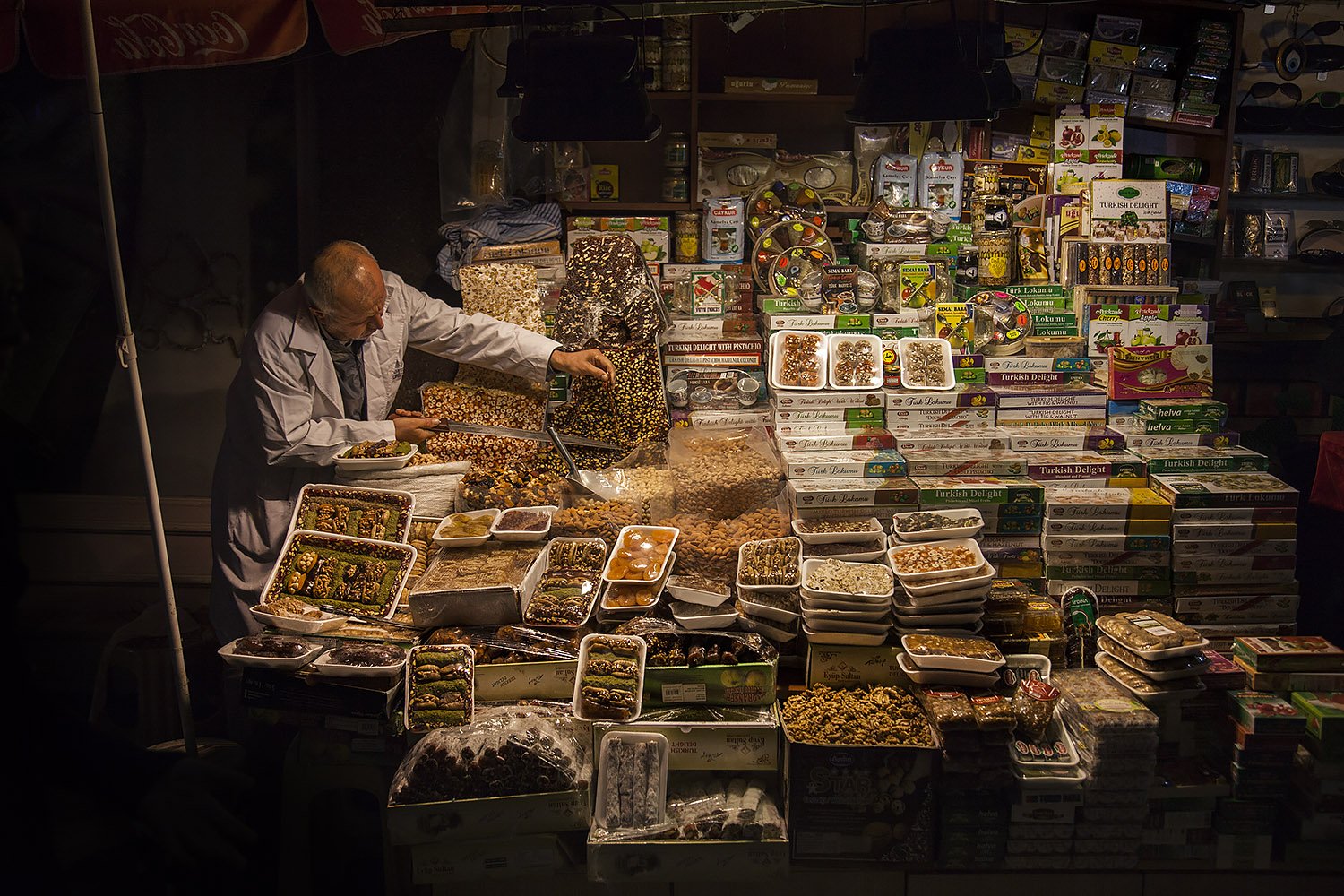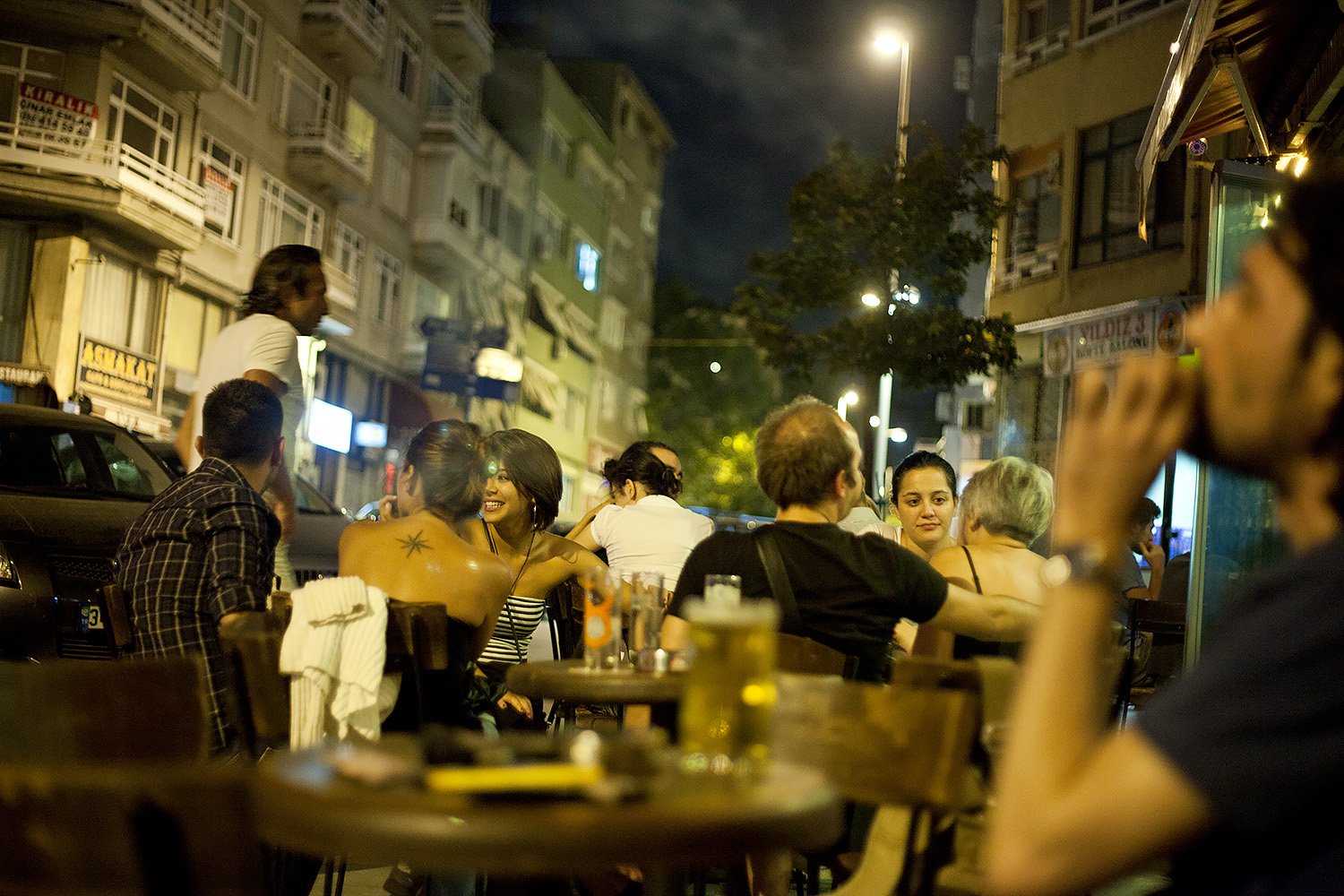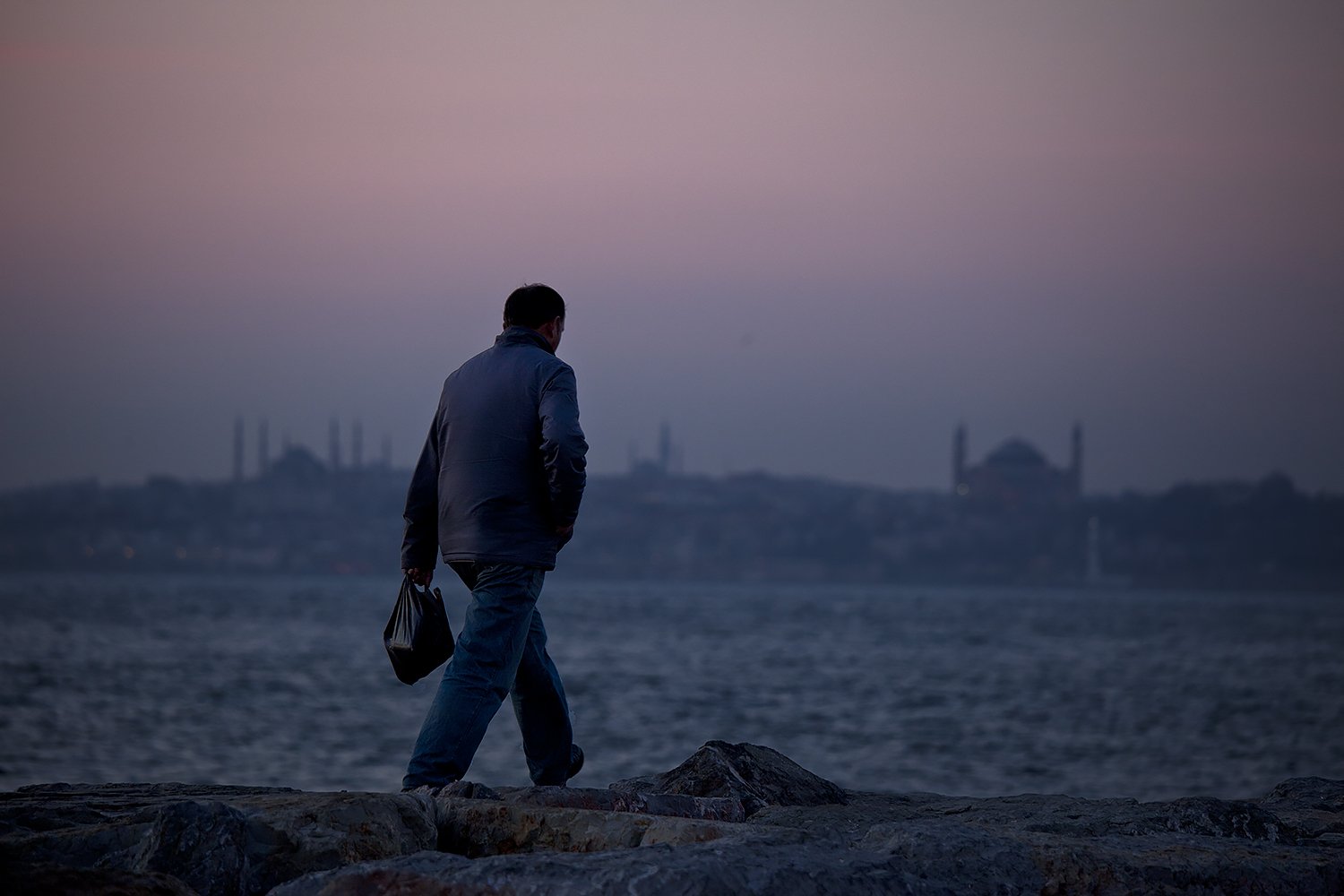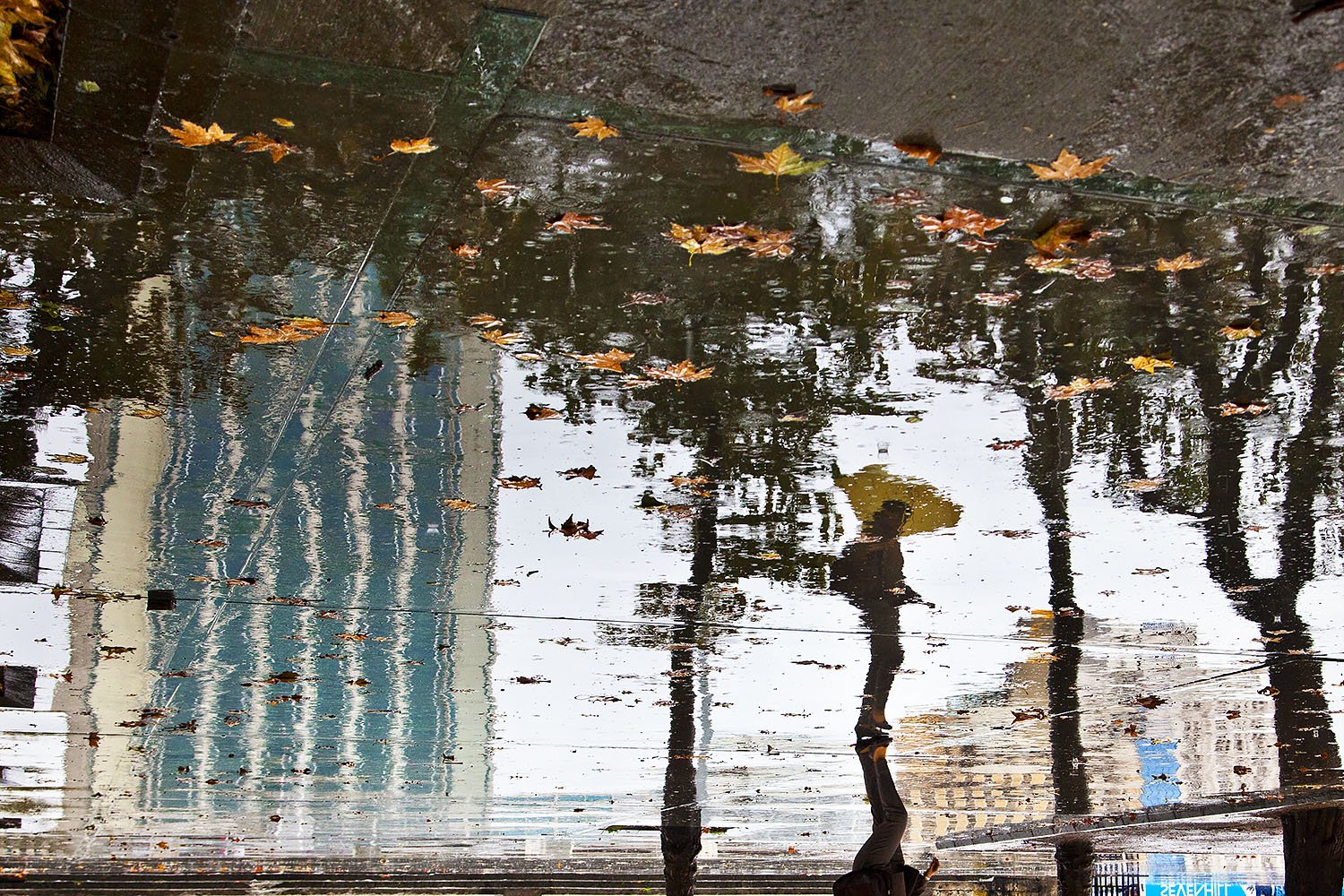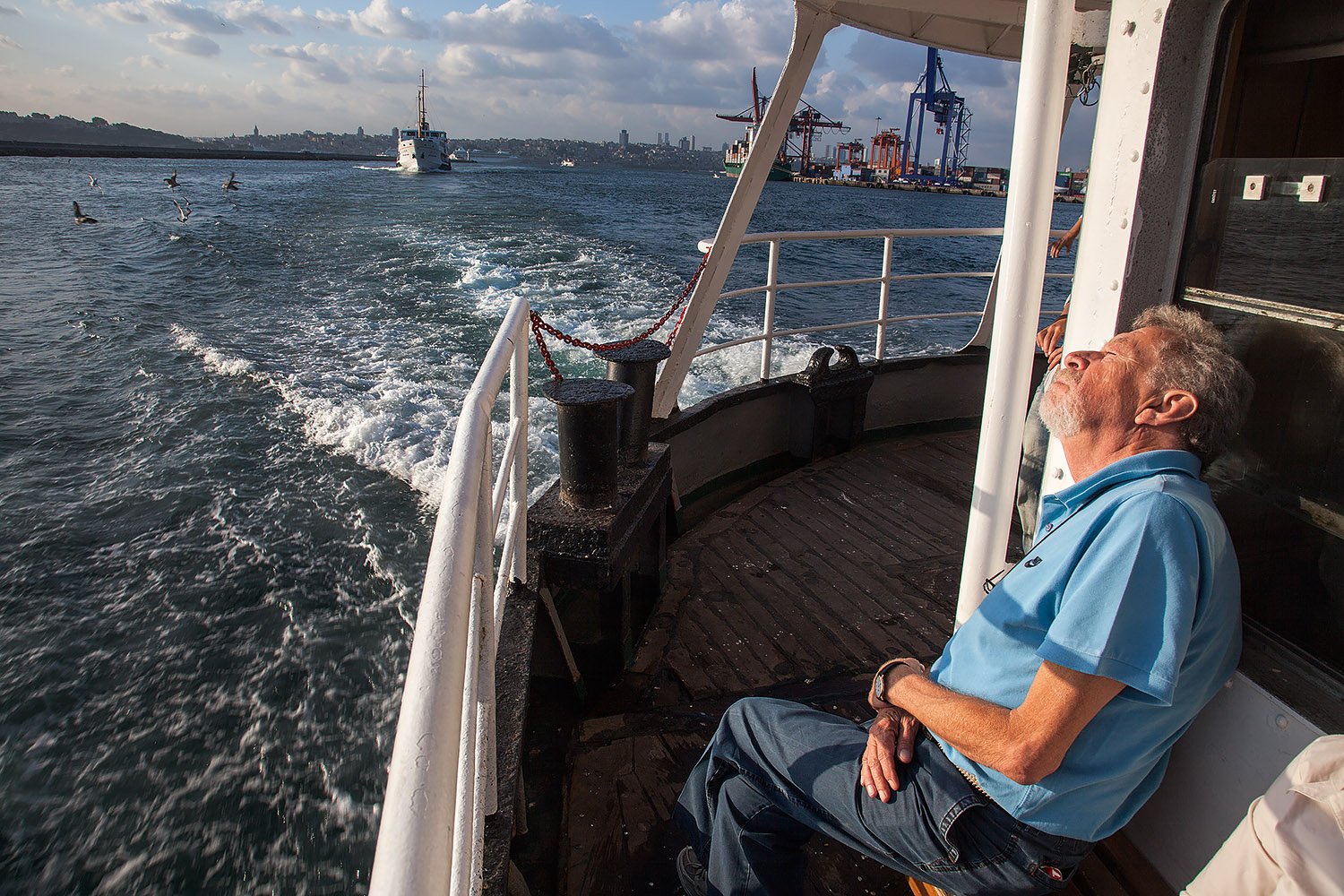Istanbul
In January 2009 I went to Istanbul for the first time. I intended to come by boat from Odessa, inspired by the Byzantine history of trade routes. Because of the economic crisis who came up at that moment would not leave the boat and started my first acquaintance with Istanbul finally at the Atatürk airport.
The few days that I then spent in this city led to some tentative conclusions; the vastness of this city is such that it is incalculable, the Hagia Sofia is really one of the wonders of the world, and who wants to escape the hustle and bustle of the millions of people, honking cars and the heavy air full of exhaust gases they cause it's better to take the boat to Asia and get some fresh air there in Kadıkoy.
Conclusions touching on but a few but essential aspects of this city. Yet how it all worked exactly remained a mystery to me.
A little over two years later I got the opportunity to spend a few months in Istanbul to work. In that period the secrets of this city revealed themselves little by little; the beauty of Istanbul is not only found in the world-famous mosques or among the remains of palaces and churches from Roman and Byzantine times. The real beauty of Istanbul is enclosed in its inhabitants who are in the midst of all the city chaos as true bon vivants.
Perhaps it's just the business of the city that forces them to enjoy the small things; en passant tasting a plum at one of the many greengrocers; a cup of tea between the concrete slabs on the embankments of the Bosphorus to see from Asia how the sun sets behind the many minarets on the headland of Sultanahmet in Europe; a beer on one of the rooftop terraces in Beyoğlu when nightlife begins; a board game with friends or with a stranger who happens to be sitting next to you in the evening after work; lying down on the grass in the shade of the plane trees in one of the big parks or immersing yourself in the bustle of the two kilometer long Istiklal shopping street.
I have now spent about a year and a half between these bon vivants, watched as they naturally move through all the hustle and bustle. The inhabitants of Istanbul are immigrants, from countries in the North and East, such as Russia, Ukraine and Iran, but today also from the West, where the economic crisis continues. They are also immigrants from all over Turkey; the many Laz from the Black Sea region and the Kurds from the East. The inhabitants of Istanbul dodge just as deftly the busy, honking traffic as they move through all kinds of social and cultural contradictions; it seems that she keeps getting the women more often prefer not to see too exuberant in the streets but the front pages of most dailies prefer to show scantily clad ladies from international allure; in principle alcohol is a sin but fish without rakı is so too; and the youngsters in the straitjacket of their school uniforms easily find their way to the sea, with bags full of nuts and beer; no relations before marriage, but hidden behind the veils also the lips of chaste girls find those of a desirable young man.
The people of Istanbul are grateful people, şükretmek, to be grateful, is an expression they use every day. They are people whose passions are stronger than their virtues but who nevertheless remain modest, with attention for the small things on the scale of a metropolis. It is the beauty that lies in these people that make Istanbul the special place that I have tried to capture in the images found in this book.
The book Istanbul. Portret in vier seizoenen. is available for purchase on this website here.

